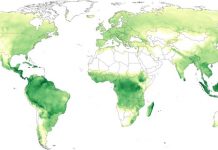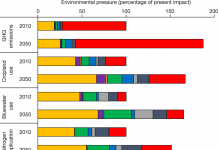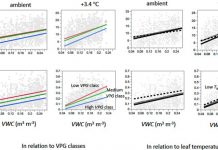【生物圈2号】Erik Stokstad. Experimental Landscapes Raise Stakes at Biosphere 2. Science 2012 338(6113): 1417.
Erected more than 20 years ago as a controversial test-bed for the human colonization of space Biosphere 2 is back in business with the new Landscape Evolution Observatory (LEO). Just like Biosphere 2 the gleaming observatory is unprecedented in scale and boasts impressive engineering. Housed inside three cavernous glass-enclosed bays LEO’s hillslopes are realistic in size yet still offer the ability to manipulate the environment. The resulting observations will help researchers study questions such as how the flow of underground water is affected by plant growth and chemical changes in the soil. In addition scientists will test computer models of watershed hydrology and vegetation dynamics important for predicting environmental change from global warming.
【人造岩石】Emily Underwood. How to Build a Smarter Rock. Science 2012 338(6113): 1412-1413.
Researchers have crafted metal rocks to mimic a natural stone’s shape and density and then inserted custom-made electronics to measure and record the faux rock’s movements in real streams and rivers. Their mission: to help researchers better understand how waterways move tons of rock and other sediment downstream. Improving sediment transport models means getting down to small details including better measurements of dozens of variables ranging from large-scale channel slopes and water velocities to minute interactions between a single grain of sand the water flowing around it and the river bed. Now advances in materials and electronics are making that possible.
【叶面微生物】Julia A. Vorholt. Microbial life in the phyllosphere. Nature Reviews Microbiology 2012 10: 828-840.
Our knowledge of the microbiology of the phyllosphere or the aerial parts of plants has historically lagged behind our knowledge of the microbiology of the rhizosphere or the below-ground habitat of plants particularly with respect to fundamental questions such as which microorganisms are present and what they do there. In recent years however this has begun to change. Cultivation-independent studies have revealed that a few bacterial phyla predominate in the phyllosphere of different plants and that plant factors are involved in shaping these phyllosphere communities which feature specific adaptations and exhibit multipartite relationships both with host plants and among community members. Insights into the underlying structural principles of indigen







